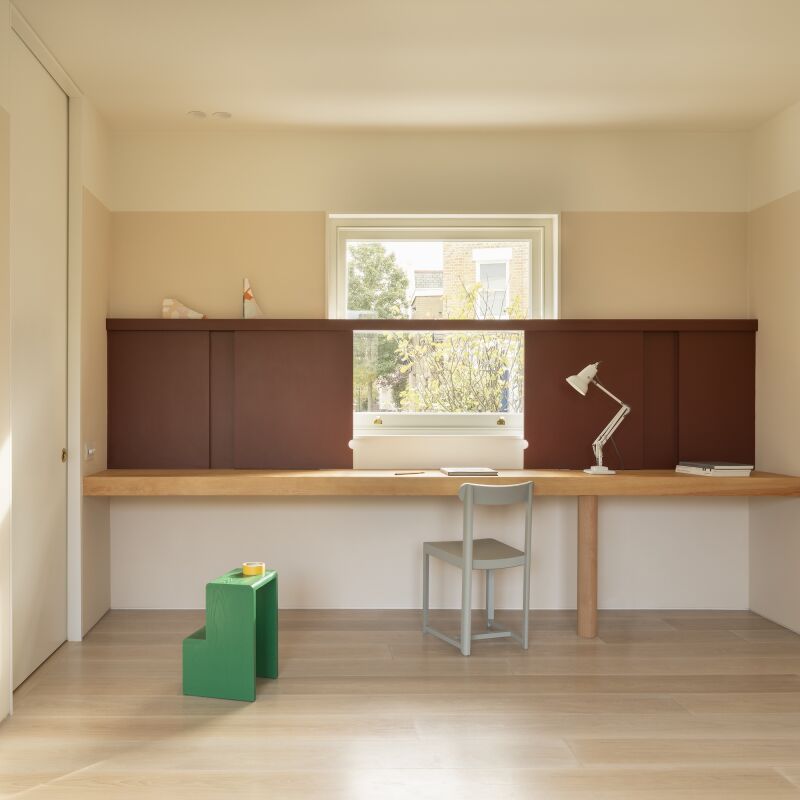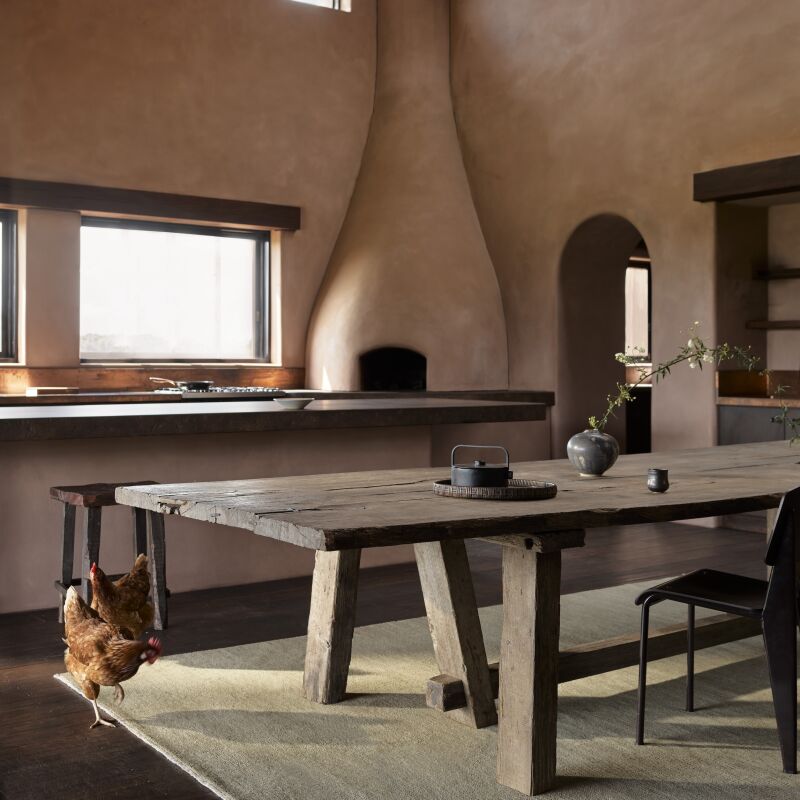Noise annoys. And it’s unavoidable: my own thoughts right now are being drowned out by the whine of a leaf blower that ought to be illegal. How to muffle the din? Of late, we’ve been heartened to discover acoustic tile that’s not only presentable but made of natural, biodegradable materials.
Archisonic of Switzerland, for instance, uses felt (composed of plastic water bottles) and cotton that’s fully recyclable to create ceiling baffles and wall panels. The UK’s Wood Veneer Hub produces Acoustic Slat Panels that look like pale wood paneling and have sound-absorbing capabilities. And Baux of Stockholm, spotlighted here, wins the beauty prize for its geometric and colorful noise-canceling offerings composed entirely of renewable materials. It’s newly available in the US. Come take a look.
Photography courtesy of Baux (@bauxdesign).

Several sustainability minded Swedish designers teamed up to launch Baux including the founding partners of Form Us With Love and the founder of Hem Design Studio.





The company typically sells to architects and designs but not exclusively. For more information, including pricing, sample requests, and installation details, go to Baux.




Have a Question or Comment About This Post?
Join the conversation (0)